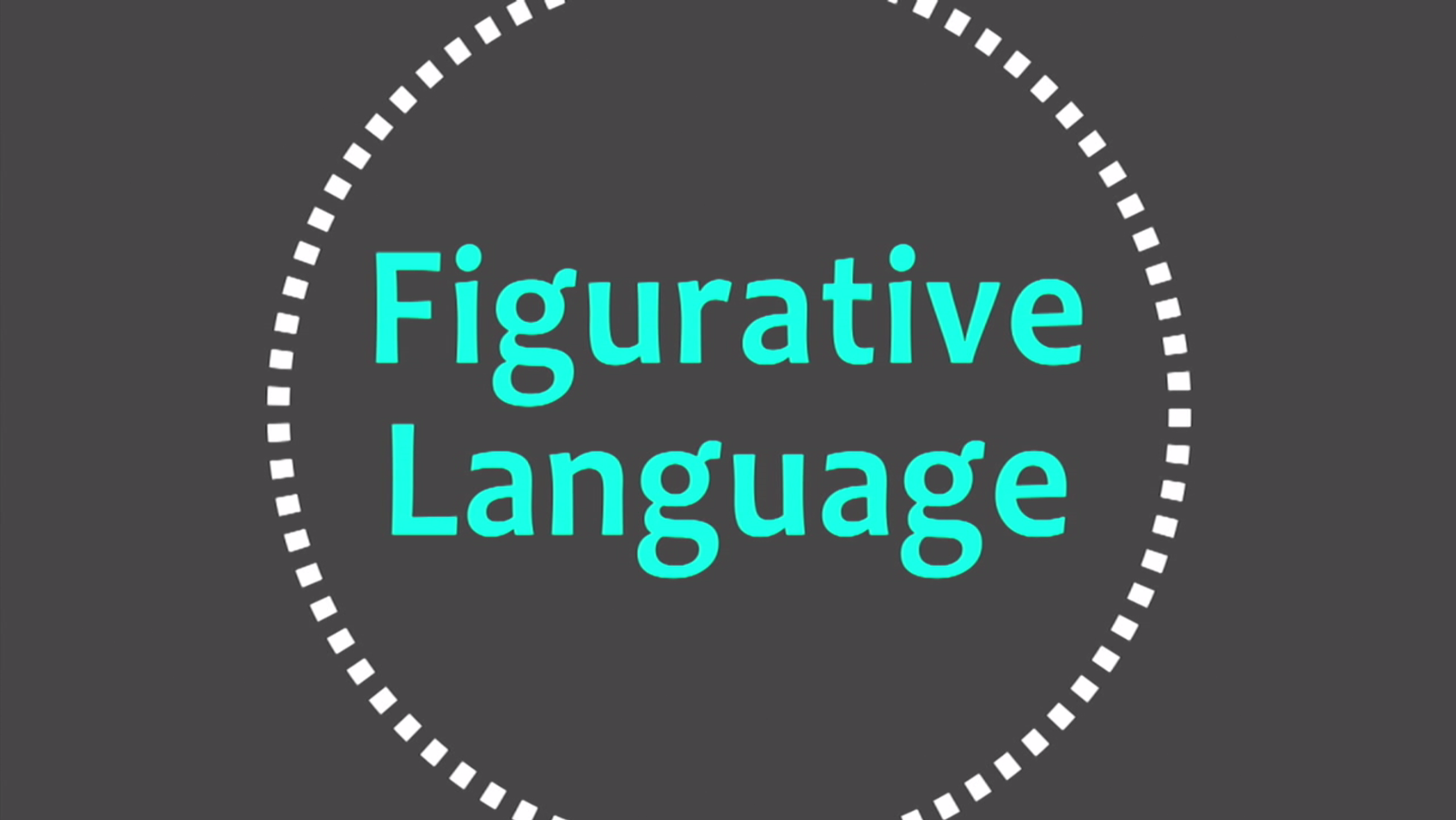The “figurative languages” (a term for several types of figurative language that are used in modern writing) are the significant areas.
Table of Contents
Figurative language examples
The poetic device of the figure of speech is the use of words in an unusual way that differs from what the primary order and meaning might be but is intended to create images; the richness of color or vivid comparison makes the meaning more transparent, more alive, and more accessible to remember.
It relies on a metaphor illustrated in a single sentence, and there is no need to dictate it explicitly. Interpreting figurative language is fundamental to reading the Management Discussion and Analysis (MD&A), where management employs a metaphor to illustrate a perplexing matter or convey the company’s course.
Using figurative language, fiction writers stimulate their audience with a more creative tone that makes the audience’s mind active. Sometimes, if they are lucky, it provokes thinking and even humour. Figurative language allows an author to be more excited and able to create a drama than literal text, which uses words only to describe the acts without considering their meanings.
Types of Figurative Language
Simile
In a simile, two unlike things are compared and are separated by the terms “like” or “as.” This is an example of figurative language. Comparisons are common in ordinary communication. They create an emotional chord with the reader that commemorates an exciting link in their mind.
A simile might be demonstrated by saying,
“The cat just sat on the chair as if he were a king sitting on his throne with no one else being allowed to sit there.” Unlike ordinary people, the king could feel secure in knowing that no one would question his authority and was free to do as he pleased.
Other examples of similes include:
- The boy could be a hero in the forest, as fearless as a lion.
- In the meantime, the assistant was already busy preparing the podium for the presidential speech.
- The new teacher stands like the giant silhouette of a giraffe.
- The new citizen is the most intriguing cat I have ever met. In addition to spying on the town’s people, she is curious about everything.
Metaphor:
A metaphor is a saying that simulates comparing two things that have nothing in common. Unlike similes that use the words like or as, the meta for does not use any of the words. The information presented becomes logical only when the reader perceives the connection between the two objects.
The sayings that the public likes use amusing metaphors, such as “Time is money.” This implies that time equals money, but really, it means nothing that much. Instead, it signifies that time is a treasure; therefore, one must adequately invest resources to gather money. Regardless of how they miss the opportunity to make extra money, time wasted is the moment they could create more income.
Other examples of metaphors include:
- The warrior is ‘turned to stone’ because he is ruthless.
- Love is a battlefield.
- You are the best day of my life. My angel is you.
- Confusion and unpredictable development are constant companions for the billsman.
- I am choking in the water in my sea of grief.
- My mate’s merriment is unstable by all possible means
Hyperbole
Generally speaking, hyperbole is an exaggeration used to highlight humour or emphasize a point. It is frequently used in this or that form without the user being sure of the moment when it is used. Exaggeration to that extent is so absurd that even fake news would not pass as authentic. Read the given sentence.
Hyperbole is a figure of speech where literary devices such as “I would die for you” are idioms where the speaker does not mean that they would commit suicide for their love interest. On the other hand, the sentence exaggerates a person’s love for another person. Death is only used in the poem as a rod to measure the affection (you have for a loved one).
Other examples of hyperbole:
- I have been telling you countless times to put the dishes in the sink and wash them.
- You are so skinny that a proof could catapult you through the air.
- The sun passes the glasses and checks that “there’s no way to sneak some rays at this point”.
- Those night ferries of mine are as noisy as an express locomotive.
Personification
Personification is the human nature of endowing inanimate things with human qualities. This helps the reader create a picture in their mind by involving the subject, which makes the reader curious to know more.
A statement such as “The sun salutes me when I wake up in the morning” exemplifies personification. Despite being a non-living entity, the sun has human characteristics because it can say things like “greetings,” only uttered by living beings.
Other examples of personification include:
- As for April, it is indeed the cruellest of months.
- He held the radio in his firm grasp and seemed to bore me.
- Using car brakes, the car produced quite a scary sound.
- The vehicle stopped at the starting point with a complaint sounding more like a groan.
Synecdoche
A synecdoche is a literary device that represents one part that represents the whole, or the whole that represents a particular part. For example, cars may refer to vehicles and suits to men in business.
When described as wheels, the term car emphasizes that it is a two-wheeled vehicle and only a part of the car, among other things. Also, the businessman wears a suit and sets the watch on his wrist with a briefcase.
Other examples of synecdoche include:
- A loaf of bread can mean either food as a whole or a kind of money.
- In lulls, the head can either be tallying the herd or the people.
- This sentence may be interpreted as someone using hired hands to mean the employees working for them.
Onomatopoeia
Onomatopoeia is the term for the sound used when a word imitates another word to describe something or an action. It makes the writing more accurate and, even though it’s fictional, more believable.
Examples of onomatopoeia include:
- The sound of someone fiddling with the heater came from the fireplace.
- The truck sounded like an animal from the pit when heading the hill.
- The alarm went off. It was just the right time for me to do nature’s call.
conclusion
We hope this CFI’s figurative language guide has been a helpful tool for you in your journey to becoming a better reader and writer. To keep learning and developing your knowledge.
Interpreting figurative language is of fundamental meaning in reading the Management Discussion and Analysis (MD&A), where management employs a metaphor to illustrate a perplexing matter or to convey the course that the company is taking.

